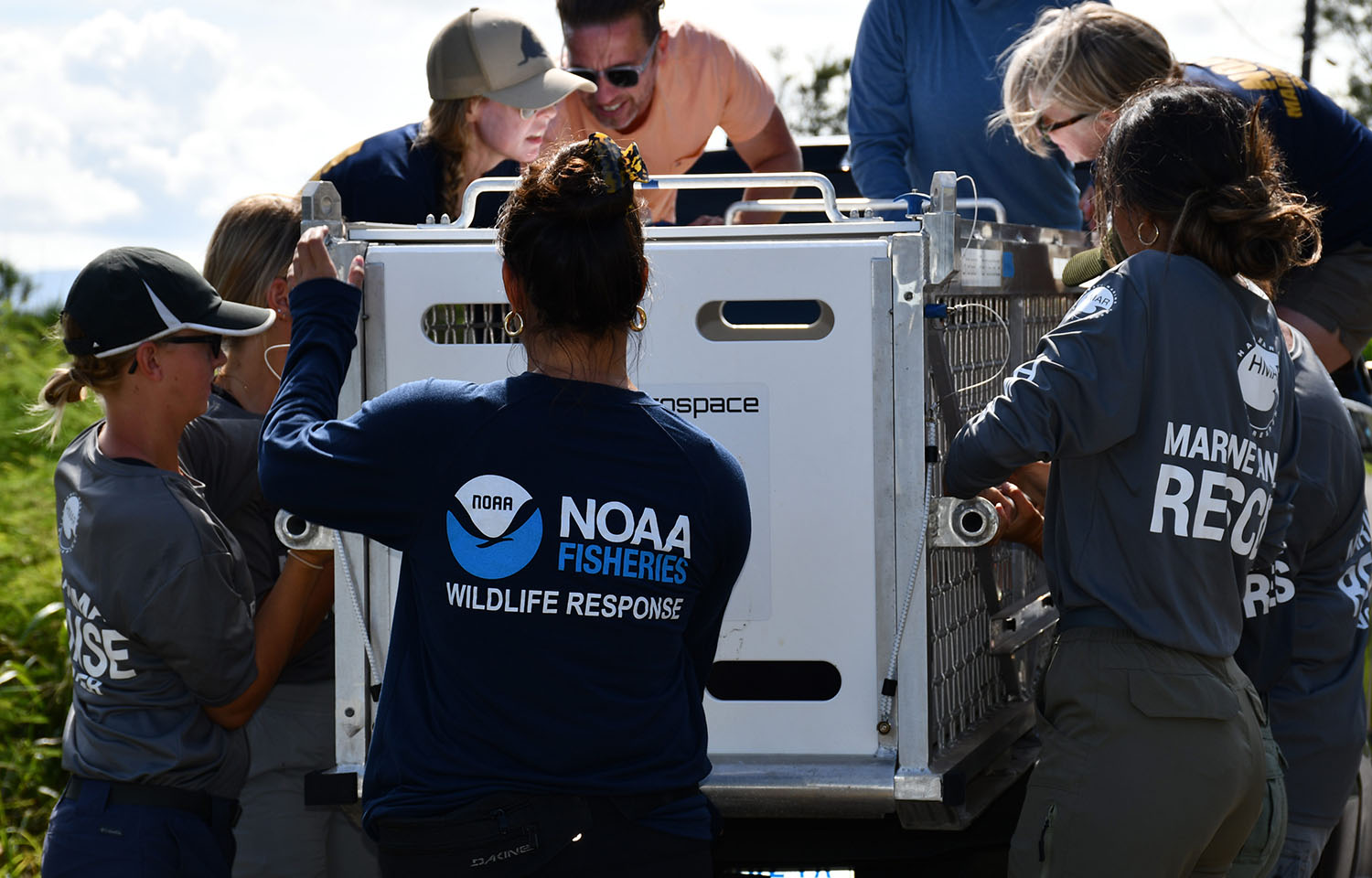Republicans in the U.S. House of Representatives have proposed a 22 percent cut to NOAA Fisheries’ 2025 budget, significantly scaling back funding for the agency charged with regulating America’s fisheries.
A 2025 funding bill recently approved by the House Appropriations Committee on a 31-26 vote includes just USD 865 million (EUR 795 million) for NOAA Fisheries’ operations, research, and facilities. That’s USD 248 million (EUR 228 million) less than Congress allocated for the agency in the omnibus 2024 spending bill passed in March 2024 and USD 239 million (EUR 220 million) less than the agency requested for 2025.
Cuts are spread across every major part of NOAA Fisheries’ budget.
Under the legislation, the agency’s fisheries science and management budget would shrink from the USD 710 million (EUR 652 million) it received in the 2024 omnibus spending bill to USD 637 million (EUR 585 million). The protected resources science and management budget would be cut from USD 266 million (EUR 244 million) to USD 120 million (EUR 11 million). Enforcement spending would drop from USD 82 million (EUR 75 million) to USD 68 million (EUR 62 million), and habitat conservation and restoration spending would drop from USD 56 million (EUR 52 million) to USD 40 million (EUR 37 million).
“Unfortunately, our nation is on an unsustainable fiscal path for all mandatory and discretionary spending,” Subcommittee Chairman U.S. Rep. Hal Rogers (R-Kentucky) said in a statement. “These ill-advised spending trends require us to make difficult decisions for the future of our country. Importantly, we must all do our part."
The proposed spending cuts could put a major dent in some of the conservation efforts of the administration of U.S. President Joe Biden, including efforts to improve Columbia River Basin hatcheries.
In 2023, U.S. President Joe Biden signed a memorandum highlighting fish restoration in the region and signed a USD 20 million (EUR 19 million) agreement with the Confederated Tribes of the Colville Reservation, the Coeur d’Alene Tribe, and the Spokane Tribe of Indians to reintroduce salmon to blocked areas of the Upper Columbia River Basin. The administration also dedicated USD 60 million (EUR 55 million) in Inflation Reduction Act funding for hatcheries maintenance and upgrades. Additionally, the administration signed an agreement with Pacific Northwest states and tribes to restore wild salmon populations.
NOAA Fisheries planned to continue those efforts in 2025, seeking USD 75 million (EUR 69 million) for Mitchell Act hatcheries – which would be a USD 10 million (EUR 9 million) increase.
NOAA noted in its budget request that the funding increase was “part of the [Biden] administration’s commitment to prioritize the restoration of healthy and abundant wild salmon, steelhead, and other native fish populations to the Columbia River Basin and honor the United States’ obligations to tribal nations.” The additional money would ensure that the agency can fund all 60 of its hatchery programs. Currently, only 36 hatchery programs are funded.
While the House bill makes no specific mention of Columbia River Basin hatcheries, the USD 248 million (EUR 228 million) budget cut would make it far more difficult to find additional funding. However, the House version does allocate USD 7 million (EUR 6 million) “to address the remaining backlog of hatchery and genetic management plans.”
Despite the overall cuts, the House Appropriations Committee outlines specific areas where it expects the agency to spend more money. The committee requires that USD 26 million (EUR 24 million) be spent on Fishery Information Networks, which are state-federal partnerships that share data. The committee also dedicates USD 16 million (EUR 15 million) for NOAA Fisheries to spend on assisting regional fishery management councils in incorporating climate considerations into their regulations, implementing climate-ready management actions, and supporting “resilient fishing communities.”
Although the committee doesn’t offer any additional funding for the purpose, its report encourages NOAA Fisheries to continue expanding electronic monitoring and reporting in American fisheries.
Another area where the committee provides guidance on possible spending is ...








